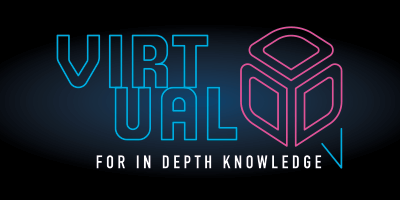
by Organisers @virtualddd | Nov 7, 2025
Use phrases like ”adopted despite” to list the known downsides of the chosen option. This formally acknowledges dissenting viewpoints and trade-offs directly within the decision record. It helps people feeling more heard and provides a more complete picture of the...

by Organisers @virtualddd | Nov 7, 2025
Break large, multifaceted decisions into a series of smaller, more focused ones. This isolates areas of disagreement, allowing the team to make progress on the majority of points. It prevents a single objection from derailing the entire initiative. It also avoids...

by Organisers @virtualddd | Nov 7, 2025
Do not dismiss strong opinions, even if they seem confrontational, as they may hide valid concerns or unstated assumptions. Use questioning to unravel the reasoning behind the opinion, transforming it from a potential blocker into valuable input. This ensures all...

by Organisers @virtualddd | Nov 7, 2025
Establish a formal, recurring forum where teams present their architectural decisions to the wider group. This practice moves knowledge sharing from informal conversations to a structured process. It fosters reuse, consistency, and collective learning across the...

by Organisers @virtualddd | Nov 7, 2025
Begin writing the ADR at the start of the decision-making process, not as an afterthought for documentation. Use its structure collaboratively as a tool to guide team discussion, explore options, and identify necessary research. The document becomes a guide for...






